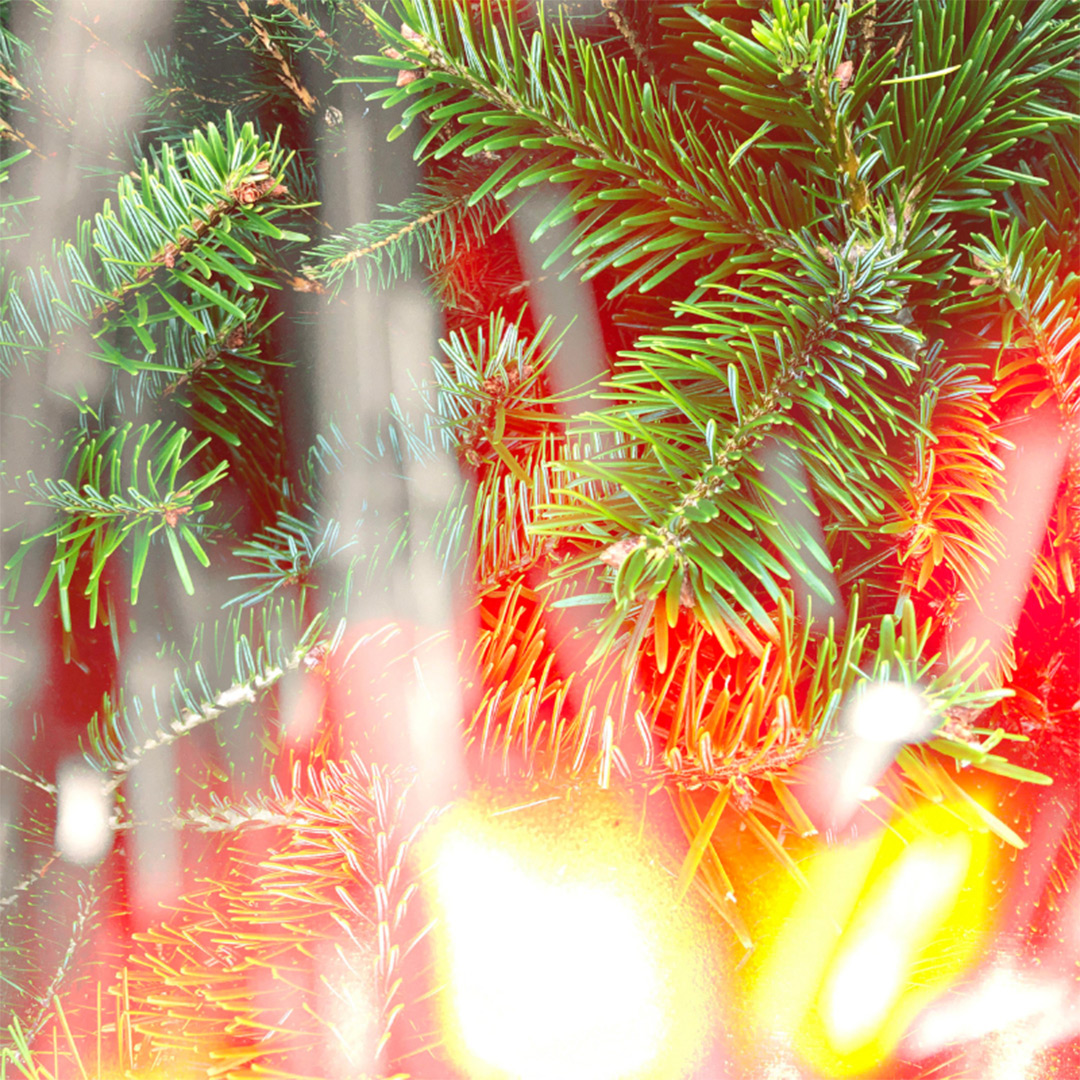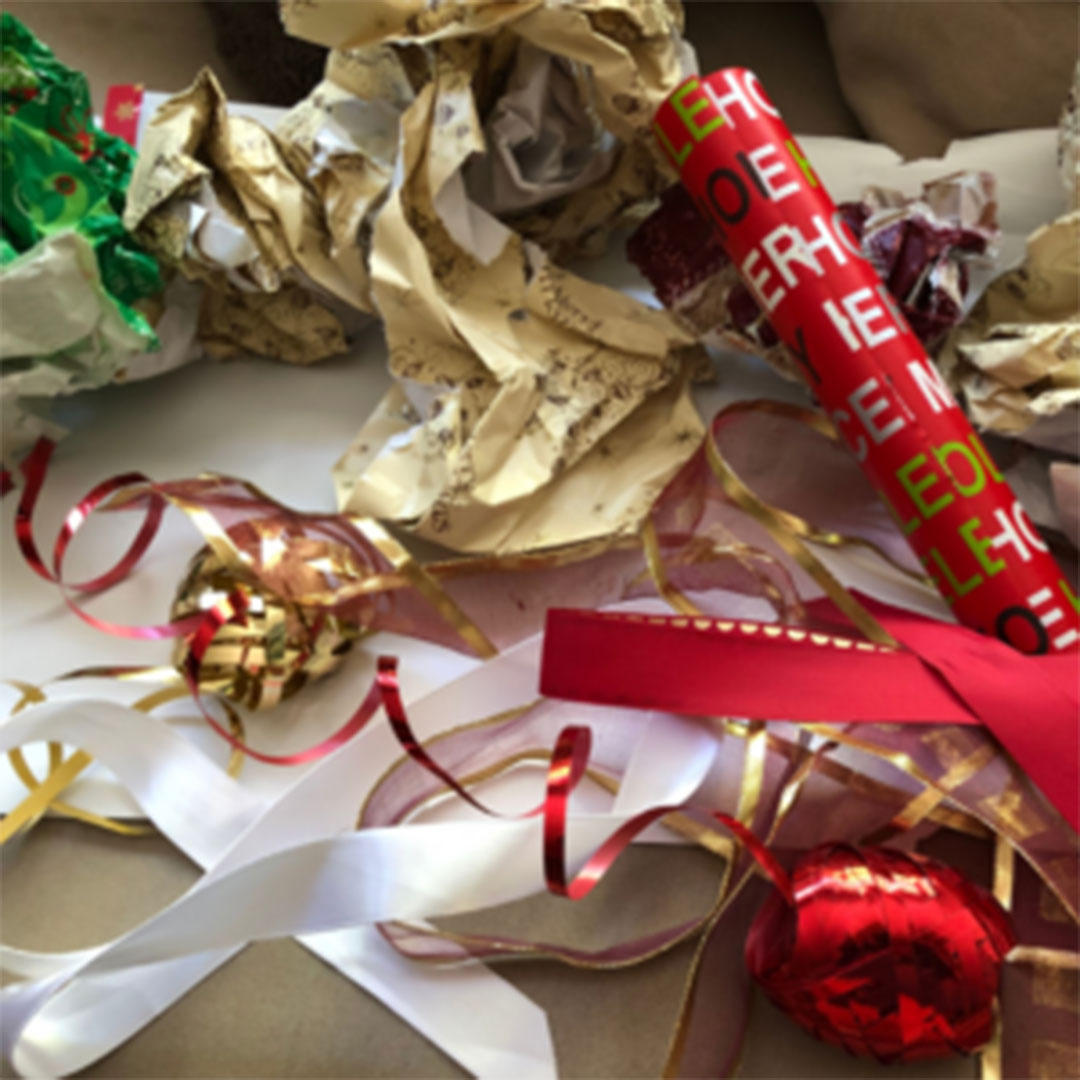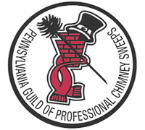Can I Burn My Christmas Tree in My Fireplace?
After the presents are unwrapped and the decorations are taken down, you’ve got a tree to dispose of. If you enjoyed a live Christmas tree this season and are fortunate enough to have a wood-burning fireplace or stove in your home, burning your tree might seem like an easy – even logical – solution. But is it the right way to get rid of your tree?
Is It Dangerous to Burn a Christmas Tree?
Short answer – yes. Your Christmas tree is not appropriate fuel for your fireplace, and burning it can create a blaze that is intense, unpredictable, and difficult to control. This increase the likelihood of experiencing house fires, property damage, un-contained fires, and compromised air quality in your home.
Your Christmas tree is not appropriate fuel for your fireplace, and burning it can create a blaze that is intense, unpredictable, and difficult to control.
What makes burning your tree dangerous?
- The pine needles. The needles of your tree are one hazardous element. They burn quickly and produce lots of sparks. If these sparks escape your firescreen, they could damage or ignite rugs, furniture, or other decor. (As a side note, this is why it’s important to maintain proper clearances around your fireplace or stove.) These sparks can also be pulled up the chimney, where they can initiate a chimney or roof fire.
- The sap. Most Christmas trees are pine, spruce, or fir trees. These trees have a high amount of sap and resin, which make them burn with undesirably high intensity and unpredictability. Not only do these woods produce creosote when burning (especially if they contain too much moisture – more on that soon), but if there’s already accumulated creosote in your chimney an intense blaze is more likely to spark a chimney fire.
- The freshness. A Christmas tree hasn’t been properly cured to serve as firewood. Wood used in your fireplace should have a moisture content of 15-25 percent. Achieving this moisture level can take 6-12 months after wood is chopped to the appropriate length, split, and correctly stored. These conditions have not been met in the life of your Christmas tree.
Even if your chimney has been recently swept and given the all-clear, the intensity with which a spent Christmas tree burns can be too much for your chimney system to handle. Brick, mortar, and flue liners are tough, but every system in your home has parameters for safe use.
In the end, sudden and overly hot fire can generate a thermal shock to your system that may cause cracking and other costly damage to a firebox, chimney, or flue tiles. So, find a better way to dispose of your tree this season – and keep it out of your fireplace.
What Should I Burn?
Seasoned firewood is the right fuel for your fire. Wood that’s been seasoned, or properly dried, will appear aged. It will have cracks, splits, and perhaps darkened edges. When tested with a moisture meter, the reading should be under 25 percent, and the wood should feel lightweight compared to a piece that’s been recently cut.
Well-seasoned firewood will generate a hot, steady blaze, providing you a clean, even burn to safely sit beside and enjoy.
Why Is Moisture Content in Wood Important?
If firewood contains too much moisture, it won’t burn very well – and poor burning isn’t just an inconvenience. Incomplete combustion caused by excessive moisture means your fire can fill your home with smoke, causing property damage, discomfort, and respiratory hazards. And this unwelcome hazard is matched by another hidden one – excessive build-up of creosote in your chimney.
Creosote is highly combustible, but since it builds up in your flue it’s often out of sight, and therefore, out of mind. This is why regular chimney sweepings, as well as annual inspections, completed by a certified professional is essential.
In addition to all that, burning wet wood also leads to cooler flue gases that can’t vent as your system was designed to vent them, which can further compromise air quality.
Your tree might look dry, but that doesn’t mean it’s seasoned to burn safely. And again, even dried, your Christmas tree is not ideal fuel. As the Chimney Safety Institute of America (CSIA) advises, “the fuel load of any kind of evergreen makes it akin to burning oil or gasoline in your fireplace. It’s a recipe for disaster.”
Is Tossing Gift Wrap in My Fireplace a Big Deal?
 You may have guessed by now that only seasoned firewood is proper fuel for your home fireplace. Which means, while it may be tempting to poke in some discarded gift wrap, plastic packaging, cardboard packing boxes, shirt boxes, paper plates, or other remnants of Christmas, please refrain.
You may have guessed by now that only seasoned firewood is proper fuel for your home fireplace. Which means, while it may be tempting to poke in some discarded gift wrap, plastic packaging, cardboard packing boxes, shirt boxes, paper plates, or other remnants of Christmas, please refrain.
Not only do these items pose many of the hazards named above, but most will contain toxic chemicals that are released into the air when burned – which isn’t good for your chimney or the air you’re breathing.
For safety’s sake, it’s best to dispose of these as advised by their manufacturer’s – and not burn them in your home.
Talk to Our Chimney Specialists
If you have any concerns about using your chimney, or if it’s time for your annual chimney inspection, don’t hesitate to give us a call. At Advance Chimney Sweeps, we pride ourselves on service – your family’s safety and comfort is our priority.
We’re happy to offer our expertise to our community in the New Year and for many years to come. Call us at 412-729-2446 or reach out online today.







